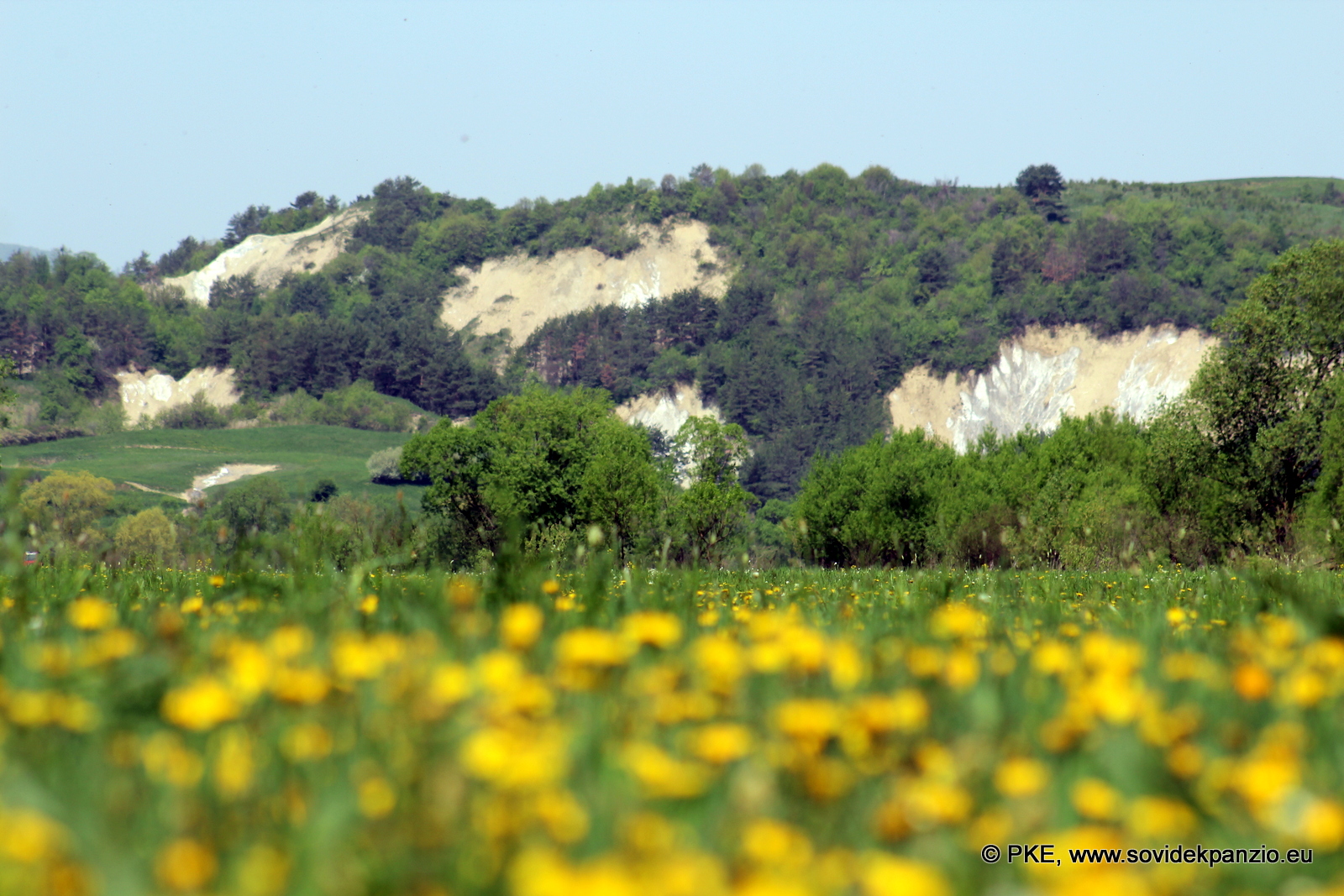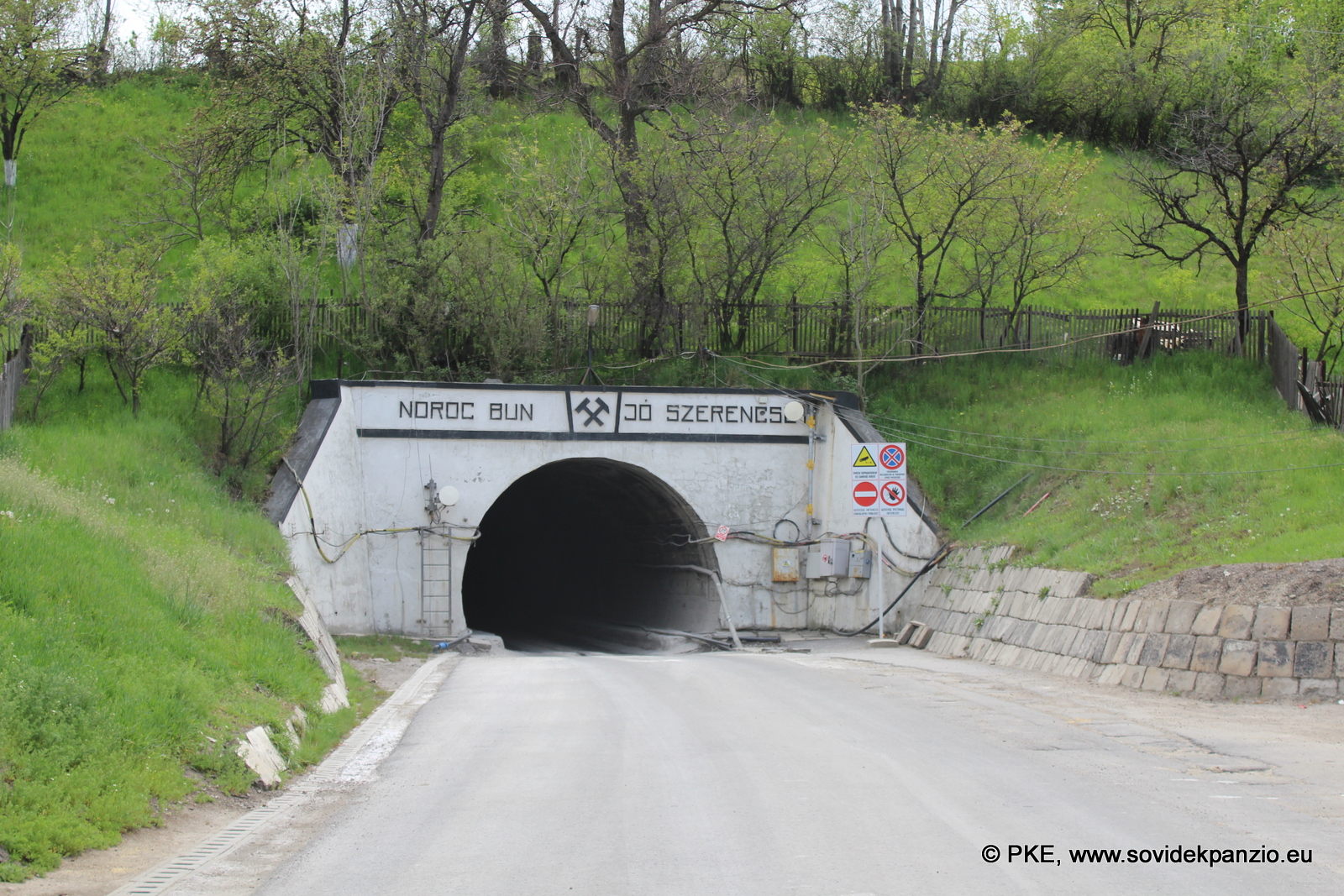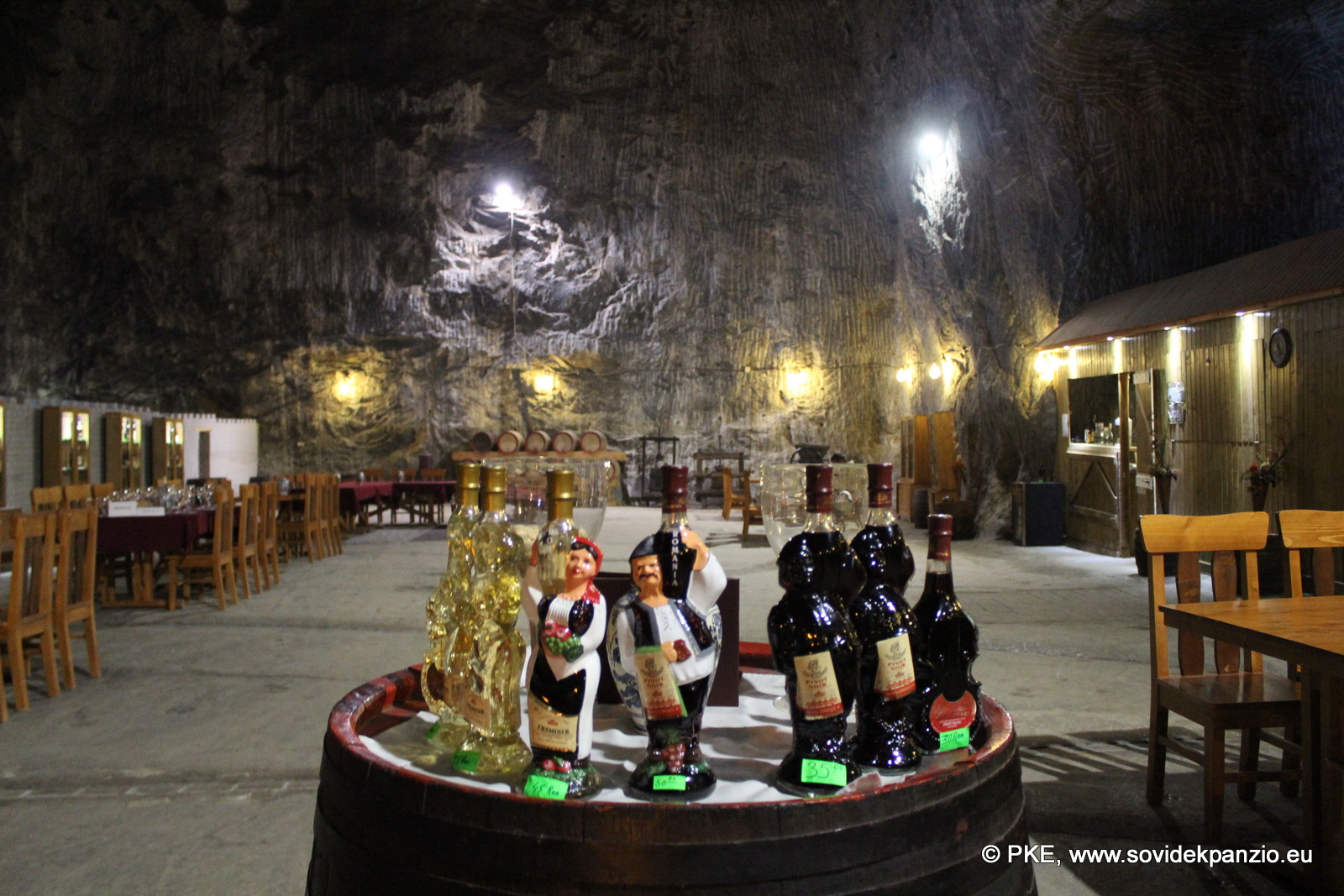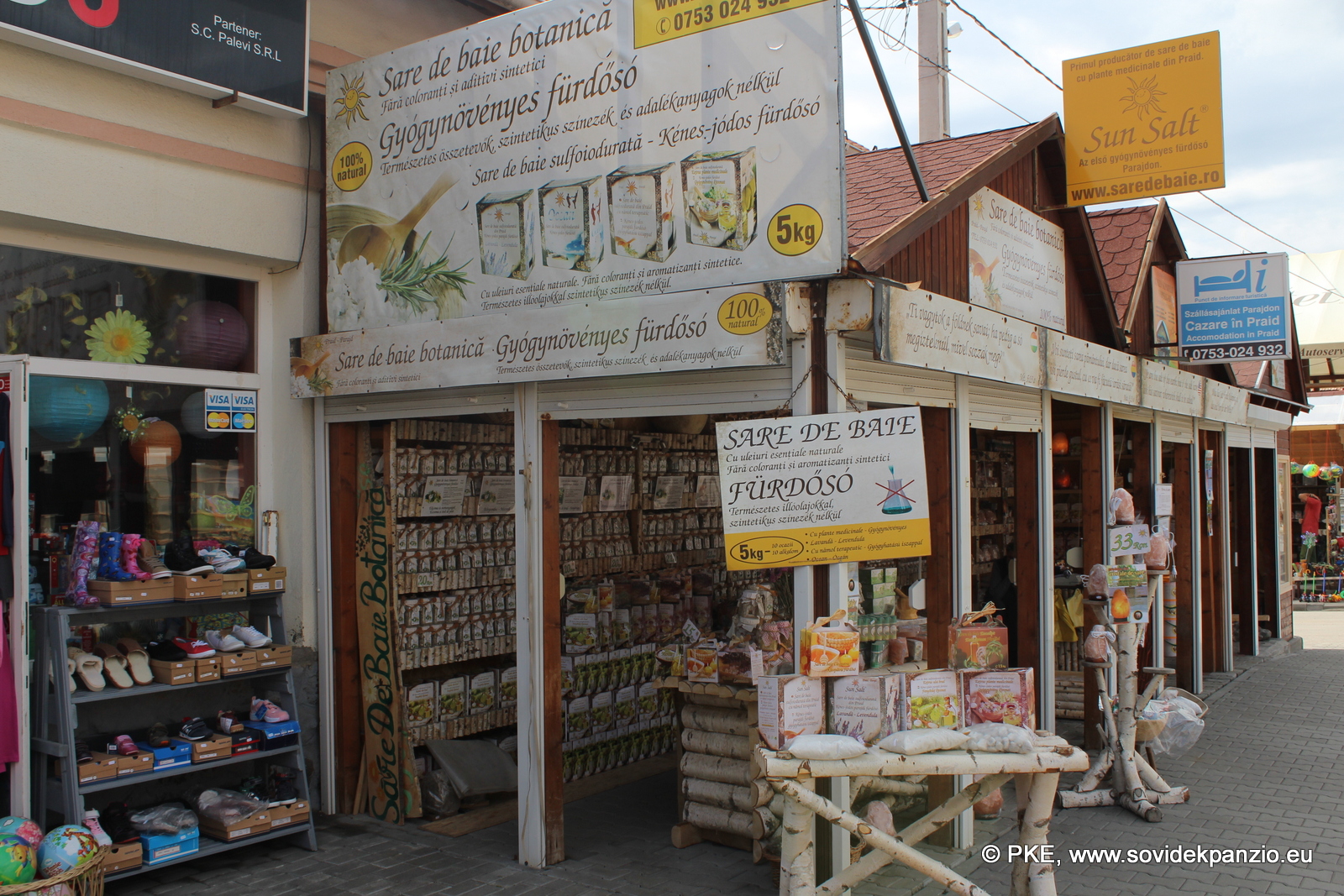Praid is located in the valley of Târnava Mică river, at the foot of the Gurghiului Mountains, in the Praid depression, at 525 m altitude (the salt massif reaches 580 m height), at 38 km northwest of Odorheiu Secuiesc.
At its border, the ruins of Rapsóné Castle are located on one of the cliff tops that rise up in the Târnava Mică and Nagyág valleys.
The settlement already had salt mines in Roman times. According to tradition, it originally stretched into the current Deszkásvár vineyard, which is confirmed by the traces of the settlement found here. The chapel of St. Ladislaus once stood on the chapel field, its ruins were still visible in 1852.
The inhabitants of the Szekler Land were free to dispose of salt until 1562, the salt of the Salt Land being also called the salt of the Szekler nation, but due to the series of Szekler rebellions King John II of Hungary declared the Szekler salt mines a monopoly. state. The king ordered the guarding of the salt mines and so in 1564 the settlement of Praid was established.
















 English | EN
English | EN  Română | RO
Română | RO  Magyar | HU
Magyar | HU 


